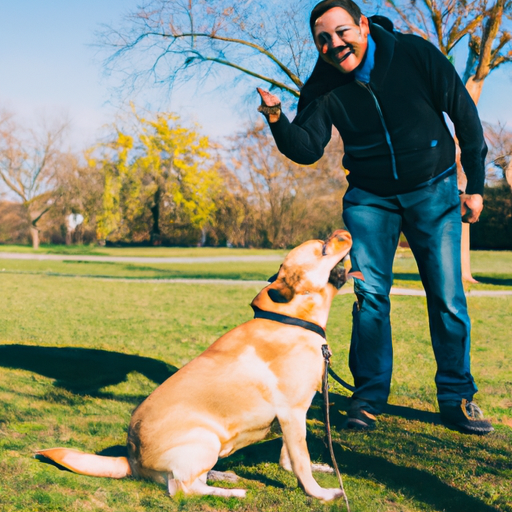Training your dog to come when called is an essential part of basic obedience training. Not only is it convenient, but it could save your dog’s life if they ever get loose. Despite its importance, this command is often one of the most challenging to teach. However, with patience, consistency, and the right techniques, you can successfully train your dog to come when called.
Understanding the Importance of Recall
Recall is arguably the most important command you can teach your dog. It ensures your pet will return to you when you call, regardless of distractions. This command is particularly crucial in potentially dangerous situations, such as when your dog is heading towards a busy road or an unknown dog.
Setting the Stage for Training
Before you start training, there are a few steps you need to take:
- Choosing the right environment: Start in a quiet, enclosed space where there are fewer distractions.
- Choosing a cue word: Stick with a simple command like “come” or “here.”
- Being patient and consistent: Training takes time, so be patient and consistent with your dog.
Remember, the key to successful training is making it a positive experience for your dog. Always praise and reward them for following commands.
Basic Recall Training Steps
Here’s a step-by-step guide to train your dog to come:
- Start by getting your dog’s attention.
- Once you have their attention, say your cue word in a clear, upbeat voice.
- When your dog comes to you, reward them with a treat and praise.
- Repeat these steps until your dog reliably comes when called in a quiet, enclosed space.
Increasing Difficulty
Once your dog has mastered recall in a quiet, enclosed space, it’s time to gradually increase the difficulty. This involves introducing more distractions and practicing in different environments.
Here are some tips for increasing difficulty:
- Gradually increase the distance between you and your dog.
- Practice in different locations with varying levels of distraction.
- Introduce other people or dogs into the training sessions.
Remember to always reward your dog for coming when called, especially in these more challenging situations.
Dealing with Common Problems
During training, you may encounter a few common problems:
- Ignoring the command: If your dog is ignoring the command, it may be too difficult for them. Go back to a simpler step and gradually increase the difficulty.
- Running away instead of coming: If your dog runs away when you call them, don’t chase them. Instead, try running away from them to ignite their chase instinct.
The Role of Consistency and Patience
Consistency and patience are key when training your dog. Use the same cue word and reward your dog every time they come when called. Be patient, as training takes time. Remember, the goal is to make coming to you the best option for your dog.
FAQ
Q: How long does it take to train a dog to come?
A: The length of training varies depending on the dog’s age, temperament, and previous training experience. However, with consistent and patient training, most dogs can learn to come when called within a few weeks.
Q: Why won’t my dog come when called?
A: Your dog may not come when called for various reasons, including distractions, fear, or confusion about what’s being asked of them. If your dog is having trouble with recall, go back to simpler steps and gradually increase the difficulty.
Q: How can I make training more effective?
A: To make training more effective, always use positive reinforcement, be consistent and patient, and make sure the training sessions are fun and engaging for your dog.
Q: Should I punish my dog for not coming when called?
A: No, punishing your dog for not coming when called can create a negative association with the command and make them less likely to respond in the future. Instead, focus on rewarding your dog for following commands.
By following these steps and tips, you can train your dog to come when called. Remember, the key to successful training is patience, consistency, and making it a positive experience for your dog. Happy training!



